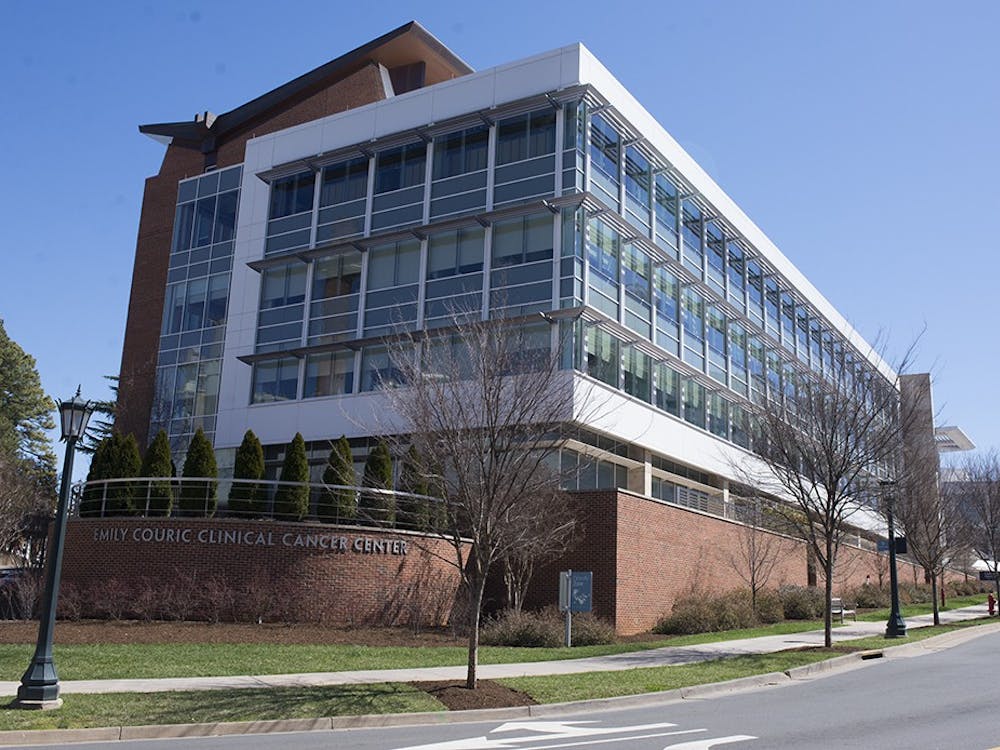A University research team, led by Assoc. Neuroscience Prof. Jonathan Kipnis, this month published its findings, which identified a potentially relevant clinical treatment for Rett syndrome, a severe autism spectrum disorder.
Rett syndrome is primarily caused by mutations in the MECP2 gene, which is located on the X chromosome.
Mutations in the MECP2 gene lead to symptoms such as abnormal breathing, developmental and intellectual disabilities, loss of speech and seizures. Although patients demonstrate a range of symptoms, the high MECP2 levels in neurons suggest the disorder originates from neurological problems.
Because males do not have another X chromosome to counter-balance the effects of the MECP2 gene, boys with this mutation usually die at a very young age while girls can live into adulthood with proper care and supervision.
The study demonstrated the clinical symptoms of Rett syndrome are caused because the immune cells in the brain do not function properly when the MECP2 is present.
Noel Derecki, first author of the study and University research associate, said the immune cells which reside in the brain, called microglia, are responsible for cleaning the debris left by dead cells as a natural part of brain maintenance.
The process of cell death, called apoptosis, is highly regulated and requires microglia to eat, or phagocytose, the dead cells and their remnants to maintain a healthy functioning brain.
The study demonstrates microglia can, from a bone marrow injection, be replaced and migrate to the brain, lessening the effects of the disease.
Similar to humans with MECP2 mutations, male mice with mutated MECP2 genes have retarded growth, impaired motor function, irregular breathing and shortened lifespan. But when Kipnis and her team gave mice with mutant MECP2 a bone marrow transplant from a healthy mouse with normal MECP2 they experienced improved motor function, breathing and lifespan.
Additional studies have shown microglia's ability to phagocytose cellular debris in the brain is important for alleviating the clinical symptoms of Rett syndrome in mice.
Kipnis said this inability to clean cellular debris from the brain could cause other autism spectrum diseases, but added further studies are necessary to determine if this is the case.
There is no cure for Rett syndrome, and current treatments alleviate the symptoms rather than the disease itself, but the University study shows bone marrow injections could slow the progression of the disease, in addition to improving quality of life for Rett syndrome patients.
Scientists, however, are unsure how MECP2 mutations cause Rett syndrome.
Several clinicians have already begun to prepare clinical trials for Rett syndrome patients, but Kipnis said more work should be done before studies involving humans begin.
-compiled by Fiza Hashmi






